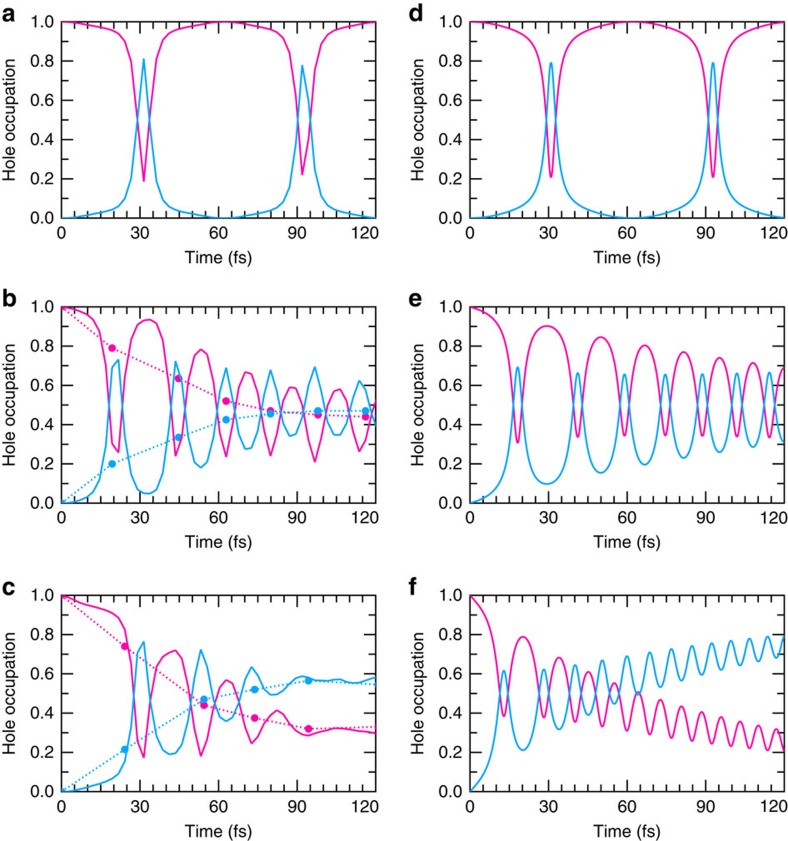Figure 2. Time evolution of the hole occupation.
The hole occupations ρh(MoS2) and ρh(WS2) are shown in pink and blue, respectively, as a function of time for the three separate TDDFT-MD simulations with 2H stacking: (a) the clamped ion case (b) mobile ions at a temperature of 77 K and (c) mobile ions at a temperature of 300 K. For the clamped ion case (a), we see large periodic oscillations in the hole occupation which are not associated with the ionic dynamics of the system. For the finite temperature cases (b,c), the average occupations of the hole for each period are indicated by a set of points which are connected by a dashed line as a guide to the eye. As time progresses, the average hole occupation of |WS2〉 increases and the average hole occupation of |MoS2〉 decreases, indicating charge transfer via dissipation through electron-phonon coupling. (d) The dynamics of the hole occupation of the model Hamiltonian presented in equation (2), where the parameters used are indicated in Table 1. The model well produces the oscillations seen in the fixed ion case (a). By fitting the coupling of the model to a heat bath containing a receiving mode at 400 cm−1, the qualitative features of the hole dynamics for both the 77 and 300 K can be qualitatively reproduced as shown in e,f, respectively.

